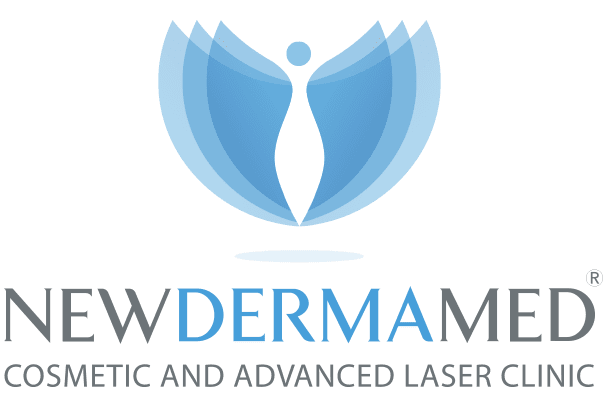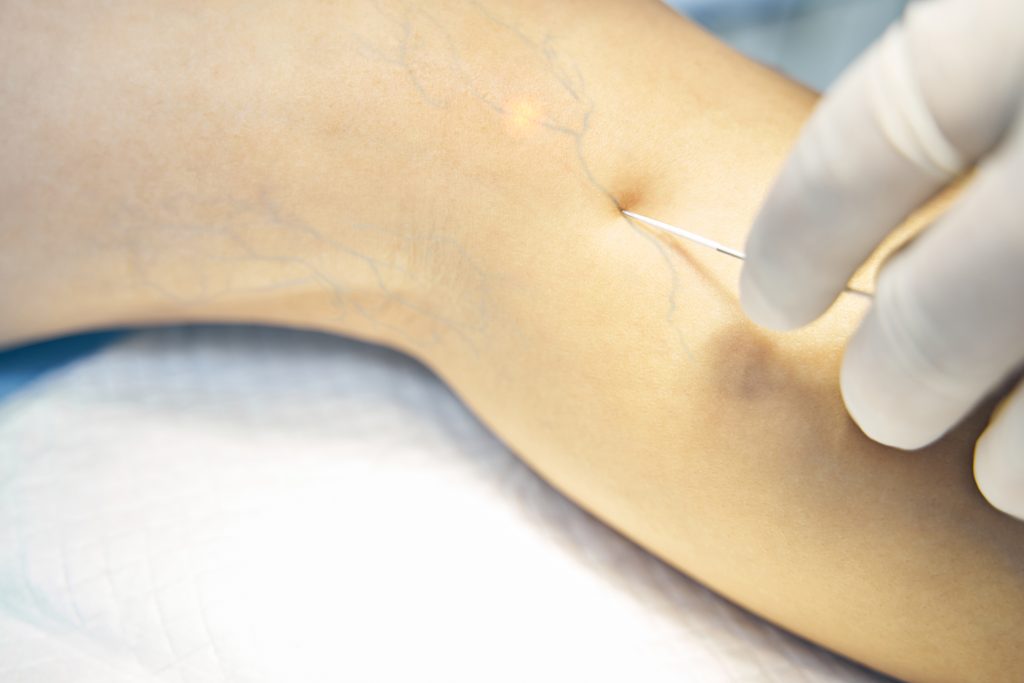
What Are Spider Veins?
Spider veins, also known as telangiectasias, are clusters of small, dilated blood vessels that appear on the surface of the skin. They are commonly found on the legs, feet, and face, and while they are not dangerous, they can be aesthetically unpleasing. These veins are often red, purple, or blue and can develop due to various factors, including genetics, hormonal changes, and prolonged standing or sitting.
Causes of Spider Veins

Weight Gain
- Extra weight puts pressure on the veins, leading to their dilation and the formation of spider veins. Maintaining a healthy weight can help reduce the risk and severity of spider veins.
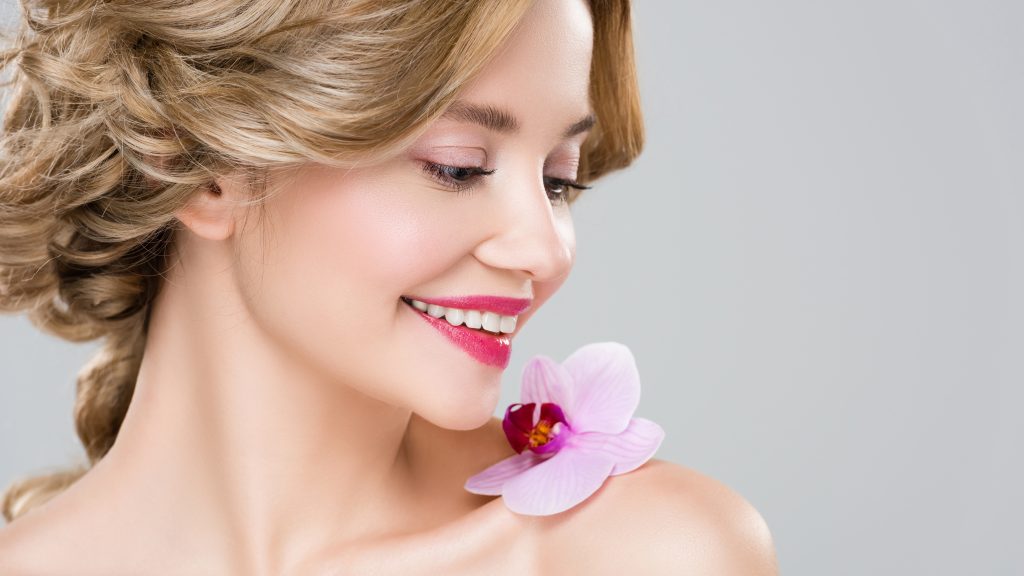
Hereditary or Family History
- Genetics play a significant role in the likelihood of developing spider veins. If your parents or grandparents had spider veins, you might be more prone to developing them as well.

Pregnancy
- Hormonal changes and increased blood flow during pregnancy can contribute to spider veins. The added pressure from the growing uterus can also impact blood flow in the legs, leading to spider veins.

Hormone Changes
- Fluctuations in hormones, particularly in women, can lead to the development of spider veins. This can occur during puberty, pregnancy, menopause, or when using hormone-based medications like birth control pills.

Birth Control Pills
- Hormonal contraceptives may increase the risk of spider veins. The estrogen in these pills can weaken vein walls, making them more susceptible to dilation.

A History of Blood Clots
- Past blood clots can cause damage to veins, leading to spider veins. The clotting can block blood flow, causing veins to swell and become visible on the skin’s surface.

Exposure to UV Rays
- Sun damage can cause veins to become more prominent. UV rays can break down collagen in the skin and blood vessels, making veins more noticeable, particularly on the face.

Crossing the Legs for Extended Periods
- This habit can restrict blood flow and contribute to spider veins. The pressure from crossing legs can hinder circulation and lead to vein dilation.
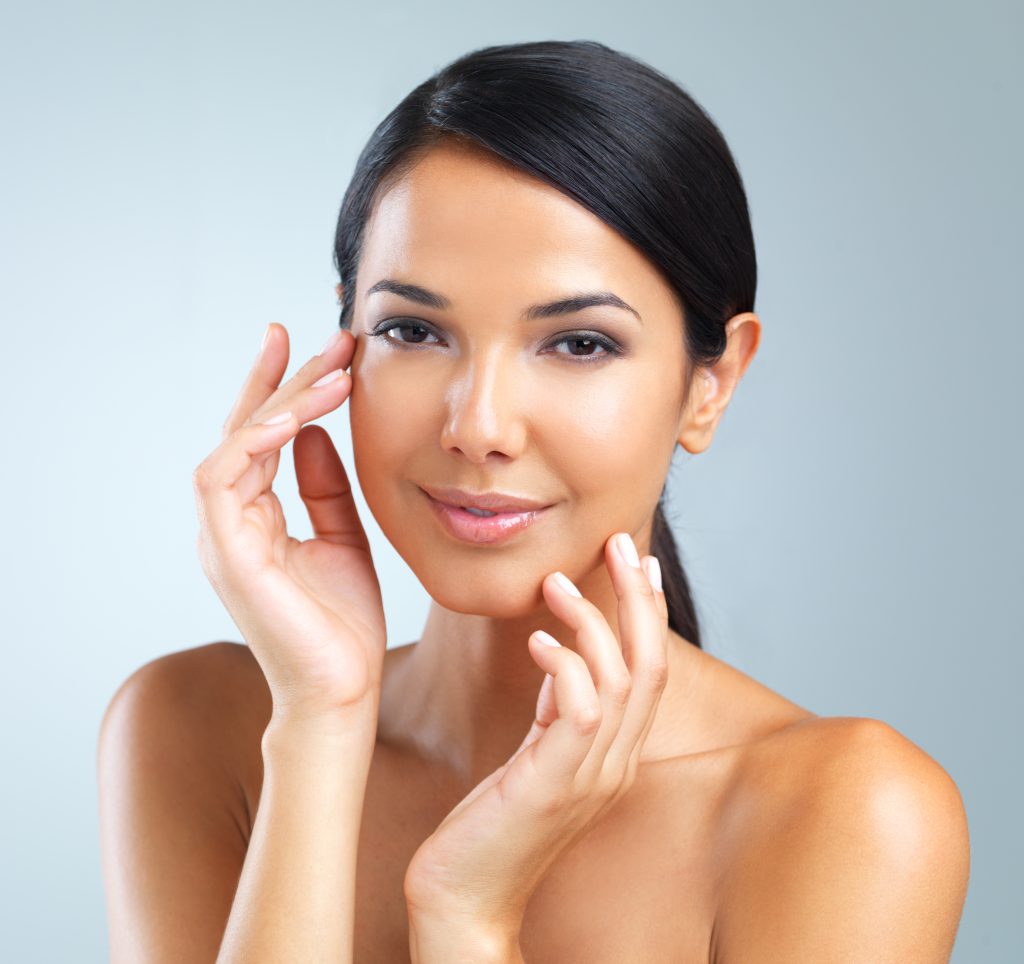
Standing for Extended Periods
- Prolonged standing puts pressure on the veins, leading to their dilation. Jobs that require long periods of standing can increase the risk of developing spider veins in the legs.

Trauma or Impact
- Activities such as regular running or jogging can cause trauma to veins, resulting in spider veins. The repetitive impact on the legs can damage veins, making them more visible over time.
Where Are Spider Veins Treated?
Spider veins are commonly treated on the following areas of the body
View Applications
Benefits of Laser Spider Vein Treatment
Laser treatment for spider veins offers several benefits:

Effective Results
- Noticeable improvement often after just one session. The laser targets the blood vessels directly, causing them to fade and disappear, providing quick and visible outcomes.

Safe and Non-Invasive
- Laser treatments are non-invasive and safe for most skin types. The procedure involves no incisions or injections, reducing the risk of complications and making it suitable for a wide range of patients.
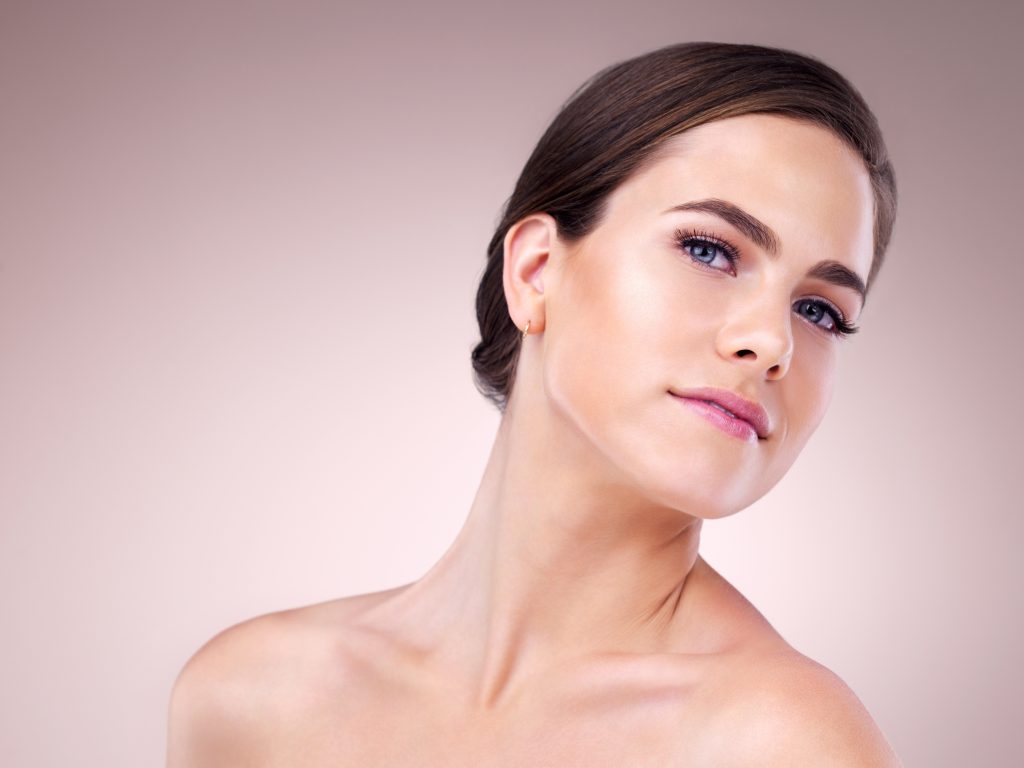
Minimal Downtime
- Patients can return to their regular activities immediately after treatment. The non-invasive nature of the procedure allows for a quick recovery, with no need for extensive rest or special care.
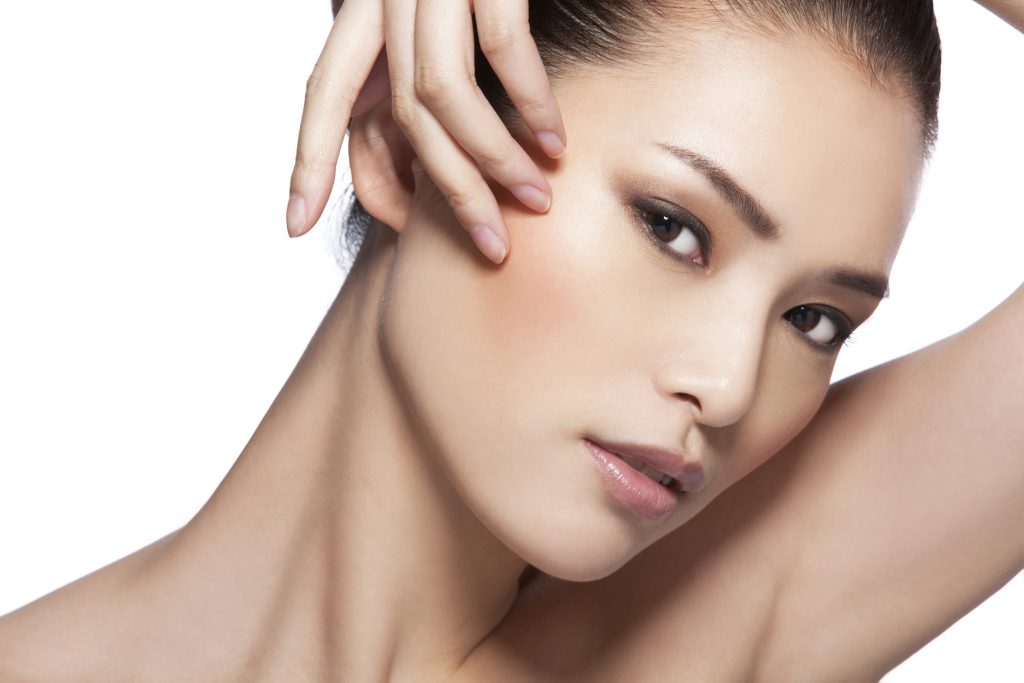
Few Side Effects
- The procedure is virtually painless, with minimal risk of side effects. Any minor discomfort or redness usually subsides quickly, making it a comfortable option for most individuals.
Longevity of Spider Vein Treatment Results
The results of spider vein treatments can vary based on the method used and individual factors:
Laser Treatment: Provides long-lasting results, especially with proper aftercare. The laser targets the blood vessels, causing them to collapse and eventually be reabsorbed by the body, reducing the appearance of spider veins.
Sclerotherapy: This involves injecting a solution into the veins, causing them to collapse and fade over time. The solution irritates the vein walls, leading to their closure and absorption by the body, with results improving over several weeks.
Lifestyle Changes: Maintaining a healthy weight and avoiding prolonged standing can help sustain results. By reducing the pressure on your veins, you can prevent new spider veins from forming and maintain the results of your treatment.
Sun Protection: Protecting skin from UV rays can prevent the recurrence of spider veins. UV exposure can weaken blood vessels near the skin’s surface, making them more prone to developing spider veins, so using sunscreen and wearing protective clothing can prolong treatment results.
VenaSeal
TBD with surgeon
RadioFrequency Ablation
TBD with surgeon
Endovenous Laser Treatment
TBD with surgeon
Vascular Surgeon Consultation fee
Consultation Fee $150
